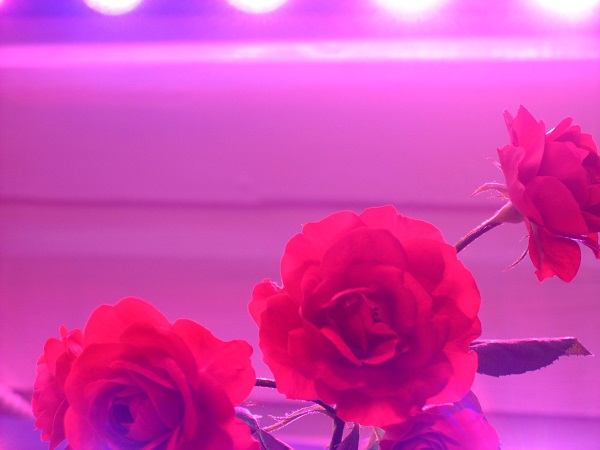
June is the month of the rose, a flower that has provided inspiration to gardeners, artists, musicians, and writers for over 5,000 years. That kind of legacy has left the modern rose grower with a wealth of information and varieties to draw from. There are over 150 species of roses and thousands of hybrids. If you have the patience to grow them from seed, you can create your very own rose, name it, and patent it.
It is good to have a plan before you set off into the realm of the rose. There are rose varieties that grow to 6 feet tall and those that grow 6 inches tall. Roses like plenty of space and overcrowding can cause air circulation problems that can increase your chances of disease or pest problems. They call the rose the “Queen” and as such, she doesn’t like competition from other plants, walls, or fences. All of them will need at least 6 hours of direct sunlight and may prefer afternoon shade if you live in a particularly warm part of the country. Mulched soil, with good drainage, and a pH between 5.5 and 6.5 would be spot-on. Roses are easy to grow; you can eat them, smell them, and receive an immense sense of satisfaction with every new bloom.
Wherever you purchase your roses you will likely find two versions: one is the bare-root plant (difficult to find in June). The bare-root rose plant should be dormant so you are looking for one withoutnew shoot growth. Inspect the plant for broken canes or blackened roots and prune or tip them off. You will want to soak the root ball(s) in water for 4-24 hours and then plant them right away in the prepared site.
The container grown rose will cost a bit extra, but they are readily available, and you are able to plant most varieties from early spring to fall. You are looking for a plant that is no larger than twice the size of the pot with healthy looking leaves that are devoid of black spots. To test your prepared site: dig a hole that is about a foot deep and fill it with water. If the water drains out in about 15 minutes you are good to go.
The rose garden isn’t limited to the outdoors as several varieties of roses have been specially bred to live indoors. These include miniature roses, and hybrid teas such as the “Sunsprite.” Although roses love light, they require moderation in heat making balancing these requirements the keys to indoor success. Excessive heat of traditional plant lighting or a south facing window can cause the rose to transpirate water faster than it can take it up. The result is wilting, browning, and short-lived blooms. Since LED lighting uses as little as 9 watts of electricity and has low heat output it makes them an ideal choice for an indoor rose garden. Gardeners can enjoy the delicate blooms longer, without the spotting or edge burning that we see in outdoor gardens and indoor gardens grown under traditional lighting.
Angela Lundmark is a freelance writer that enjoys outdoor and indoor gardening.
Related Articles & Free Email Newsletter Sign Up
3 Ways to Figure Out the Correcting Plant Time for Roses
Struggling with Roses? Read the Directions and Try Again



Comment here